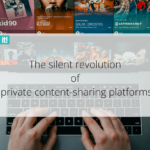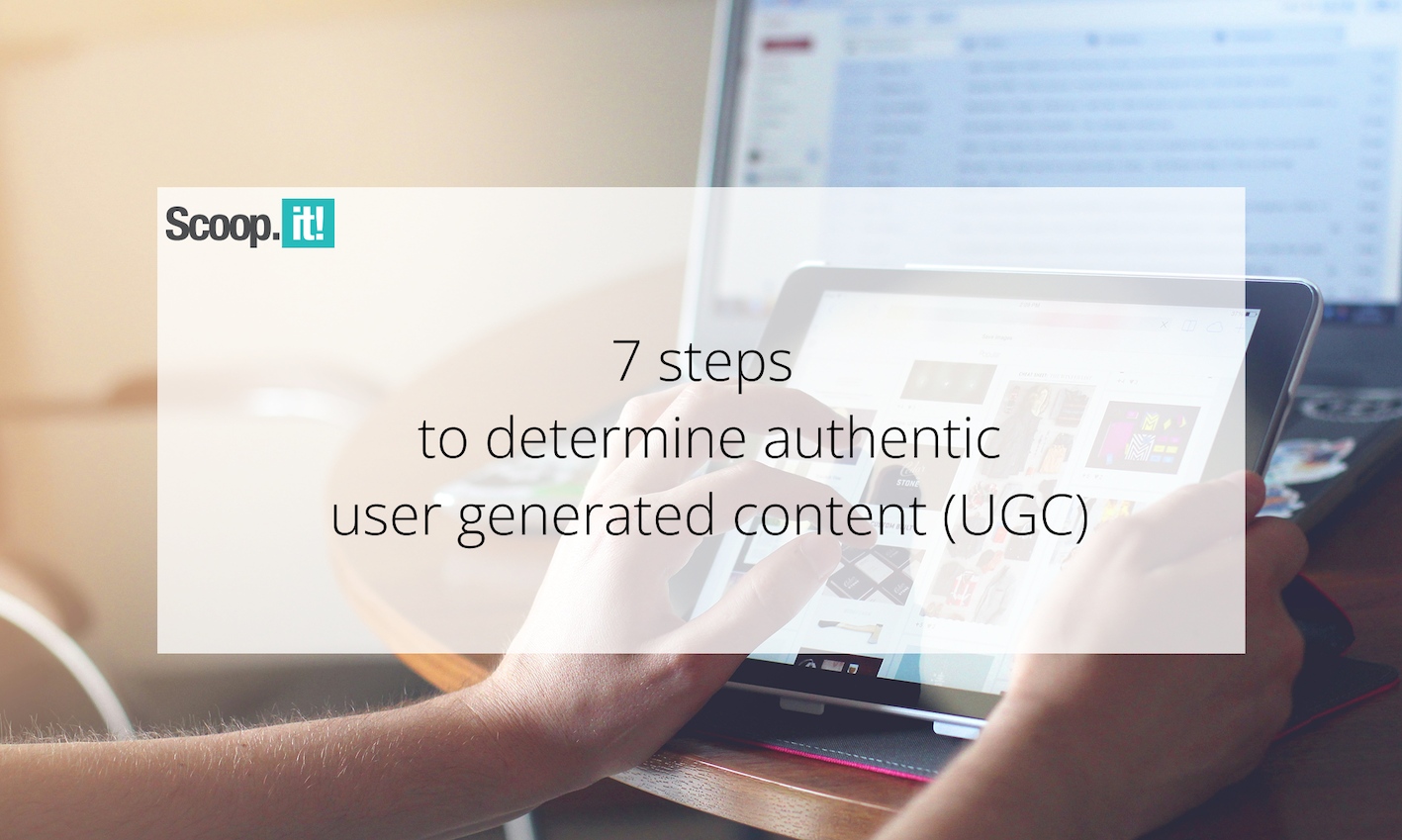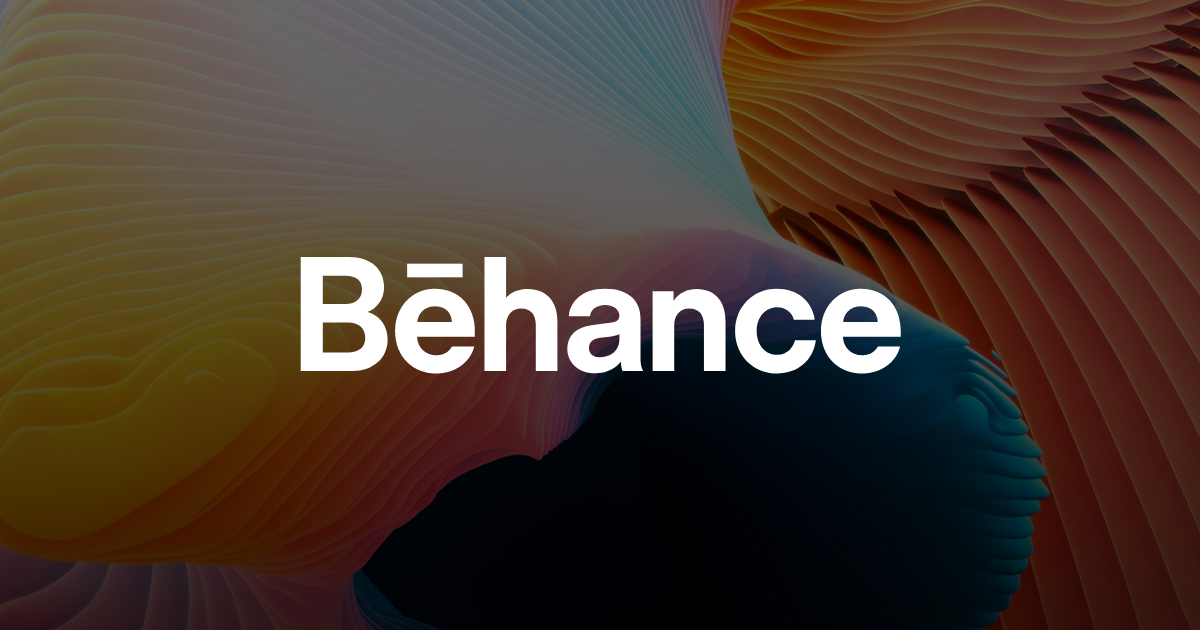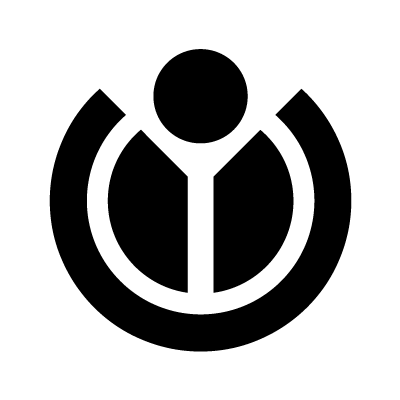Why this iconic San Francisco pizza shop is going all in on QR codes—despite the skepticism
To San Francisco chef and restaurateur Thomas McNaughton, QR codes are an efficient way to serve a crowd. Sure, the codes—and restaurants that use them—have endured much loathing. And, yes, people still love to criticize them. But at the newest location of McNaughton’s Flour + Water Pizzeria, set to open later this month, QR codes are the star. There’s good reason. The 1,800-square-foot restaurant sits a few blocks from Oracle Park, where the San Francisco Giants just opened the baseball season. It needs to handle serious spikes in business from game-day crowds and pump out pizzas fast. “We envision a scenario where, for two hours, it’s completely gangbusters before the game. How can we help manage those crowds?” McNaughton says. The team, with the help of a local design agency, got creative. Inside the restaurant, guests can’t miss the large, stylized poster featuring a Giants player with a QR code for a face. Scan to place a takeout order, it reads, & pick up around the corner. The restaurant also printed baseball-style “trading cards” with the same image, for fast QR ordering (for pickup or delivery) from afar. Smaller codes dot a handful of tables. If you’re lucky enough to snag one, orders placed digitally are delivered right to your seat. Research from the National Restaurant Association shows that about half of diners are keen to order via QR code at a quick-service restaurant like this one—but you might not know it based on very loud grumblings everywhere you look. “The QR backlash has won,” declared a headline in the Wall Street Journal last year. A year earlier, I was quoted as an industry expert in a New York Times piece titled, “The QR-code menu is being shown the door.” About twice a month, someone sends me an Instagram post where a celeb or influencer or random stranger complains—still—about using the tech. [Source Photo: Flour + Water] For all the whining, the codes are . . . really useful. When deployed thoughtfully, they’re downright hospitable. The skepticism, McNaughton thinks, has to do with negative emotions associated with the moment that QR codes rocketed to restaurant infamy during the earliest days of the pandemic. “I think the pushback that you heard was partly because everything was so different,” he says. “Every restaurant was just trying to stay afloat and trying to be accessible while still being safe.” It’s true. Clunky QR-code menus promised to keep shared surfaces touch-free, an almost quaint, if completely misguided effort from a challenging time. Since then, the codes have evolved with utility in mind. Major restaurant technology companies like point-of-sale and payments giant Toast built QR ordering into their products. Now, customer orders go straight into the system, bypassing human servers and their potential human mistakes. Digital orders also shorten the distance between diner and kitchen, McNaughton explains, a shortcut that allows the pizzeria to pump out orders much faster and keep crowds happier. (People placing digital orders get to skip the presumably long line.) It’s a model specific to this location, which McNaughton calls “a fast-casual offshoot” of his restaurant group’s original, much larger pizzeria. Plenty of fast-casual and fast-food restaurants (or “quick service,” in restaurant lingo) are chasing digital orders. Last month, Taco Bell parent company Yum Brands tapped AI powerhouse Nvidia to coax more orders online, in an effort to one day digitize every order. Flour + Water Pizzeria isn’t planning to push all of its orders online; it employs humans who can take orders on countertop tablets, or, if necessary, flip them over to become self-service touch-screen ordering kiosks. The guest chooses based on how, and how fast, they want to get their order. “You can talk to somebody, you can use a kiosk, or you can just skip that line completely,” McNaughton says. “It’s about efficiency.”

To San Francisco chef and restaurateur Thomas McNaughton, QR codes are an efficient way to serve a crowd. Sure, the codes—and restaurants that use them—have endured much loathing. And, yes, people still love to criticize them. But at the newest location of McNaughton’s Flour + Water Pizzeria, set to open later this month, QR codes are the star.
There’s good reason. The 1,800-square-foot restaurant sits a few blocks from Oracle Park, where the San Francisco Giants just opened the baseball season. It needs to handle serious spikes in business from game-day crowds and pump out pizzas fast.
“We envision a scenario where, for two hours, it’s completely gangbusters before the game. How can we help manage those crowds?” McNaughton says.
The team, with the help of a local design agency, got creative. Inside the restaurant, guests can’t miss the large, stylized poster featuring a Giants player with a QR code for a face. Scan to place a takeout order, it reads, & pick up around the corner.
The restaurant also printed baseball-style “trading cards” with the same image, for fast QR ordering (for pickup or delivery) from afar. Smaller codes dot a handful of tables. If you’re lucky enough to snag one, orders placed digitally are delivered right to your seat.
Research from the National Restaurant Association shows that about half of diners are keen to order via QR code at a quick-service restaurant like this one—but you might not know it based on very loud grumblings everywhere you look.
“The QR backlash has won,” declared a headline in the Wall Street Journal last year. A year earlier, I was quoted as an industry expert in a New York Times piece titled, “The QR-code menu is being shown the door.” About twice a month, someone sends me an Instagram post where a celeb or influencer or random stranger complains—still—about using the tech.

For all the whining, the codes are . . . really useful. When deployed thoughtfully, they’re downright hospitable. The skepticism, McNaughton thinks, has to do with negative emotions associated with the moment that QR codes rocketed to restaurant infamy during the earliest days of the pandemic.
“I think the pushback that you heard was partly because everything was so different,” he says. “Every restaurant was just trying to stay afloat and trying to be accessible while still being safe.”
It’s true. Clunky QR-code menus promised to keep shared surfaces touch-free, an almost quaint, if completely misguided effort from a challenging time. Since then, the codes have evolved with utility in mind. Major restaurant technology companies like point-of-sale and payments giant Toast built QR ordering into their products. Now, customer orders go straight into the system, bypassing human servers and their potential human mistakes.
Digital orders also shorten the distance between diner and kitchen, McNaughton explains, a shortcut that allows the pizzeria to pump out orders much faster and keep crowds happier. (People placing digital orders get to skip the presumably long line.)
It’s a model specific to this location, which McNaughton calls “a fast-casual offshoot” of his restaurant group’s original, much larger pizzeria. Plenty of fast-casual and fast-food restaurants (or “quick service,” in restaurant lingo) are chasing digital orders. Last month, Taco Bell parent company Yum Brands tapped AI powerhouse Nvidia to coax more orders online, in an effort to one day digitize every order.
Flour + Water Pizzeria isn’t planning to push all of its orders online; it employs humans who can take orders on countertop tablets, or, if necessary, flip them over to become self-service touch-screen ordering kiosks. The guest chooses based on how, and how fast, they want to get their order.
“You can talk to somebody, you can use a kiosk, or you can just skip that line completely,” McNaughton says. “It’s about efficiency.”









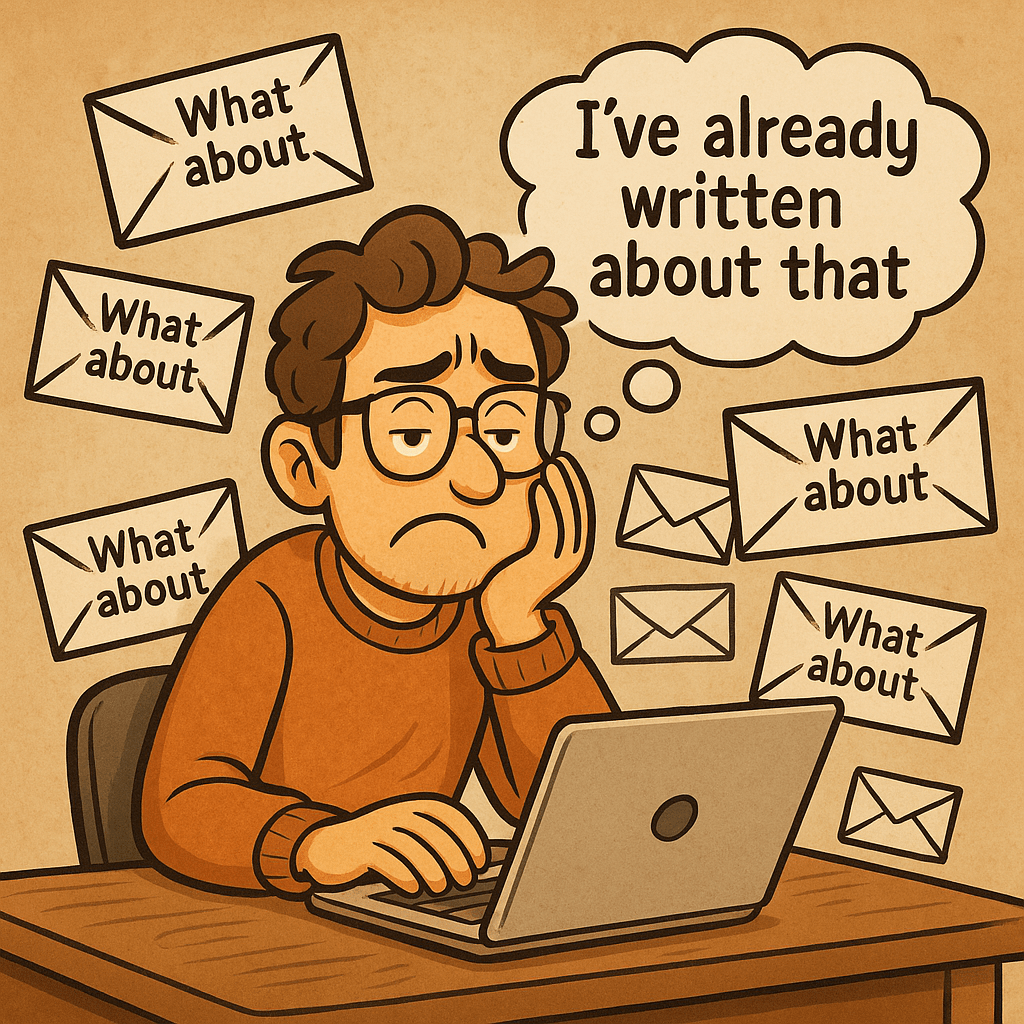






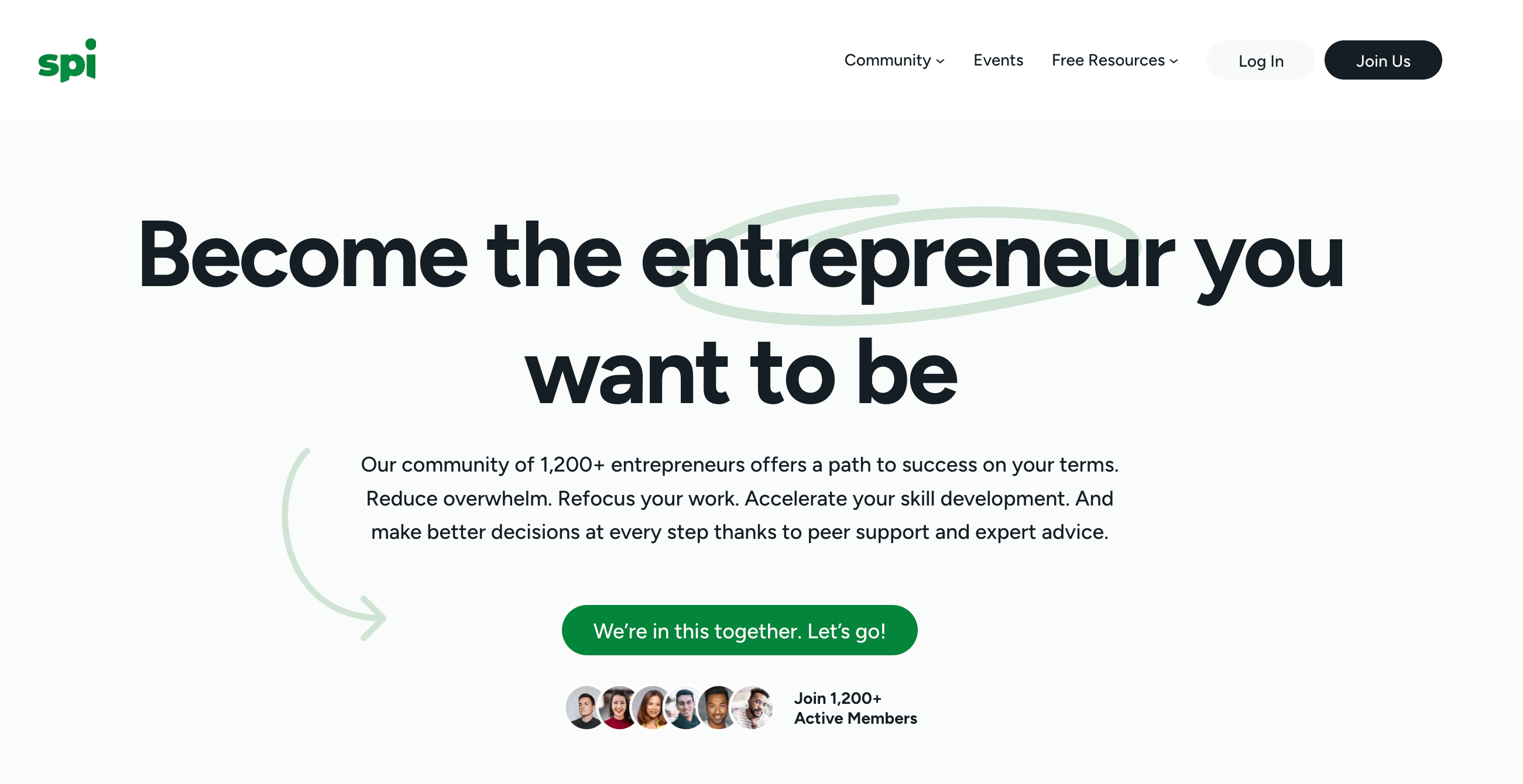


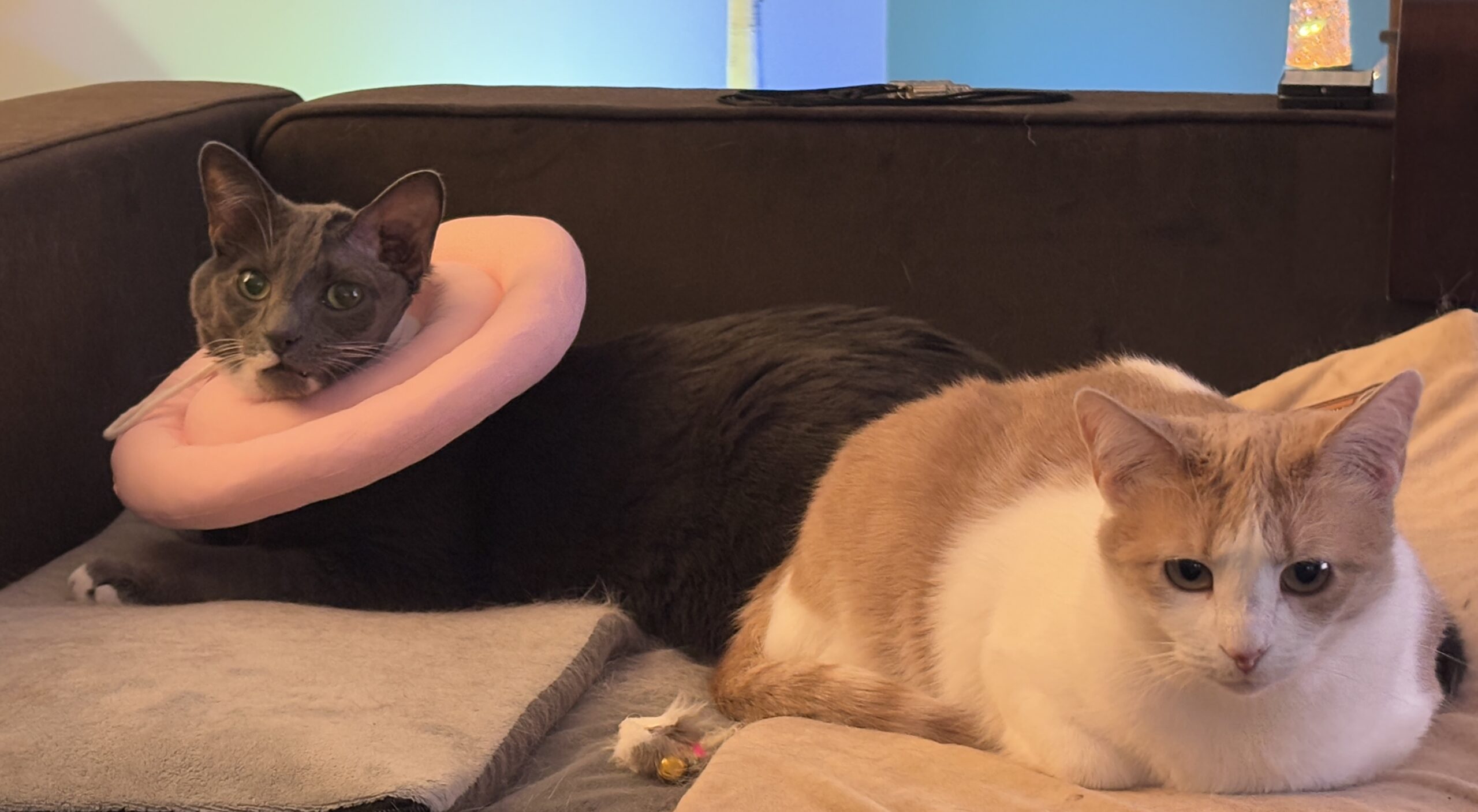
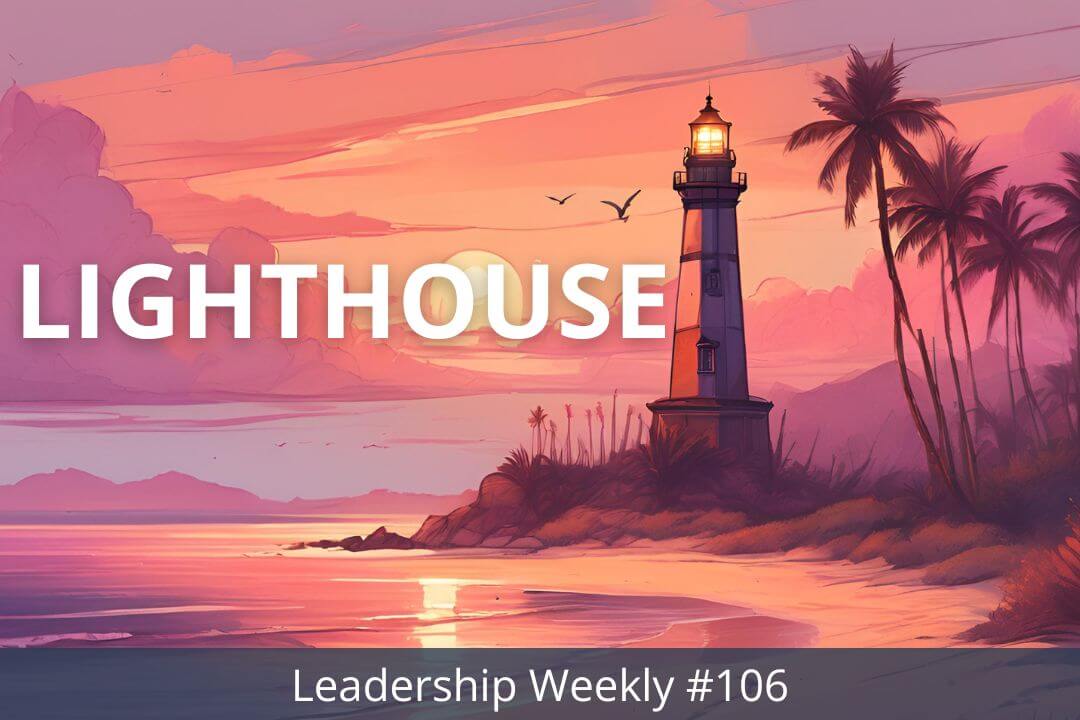

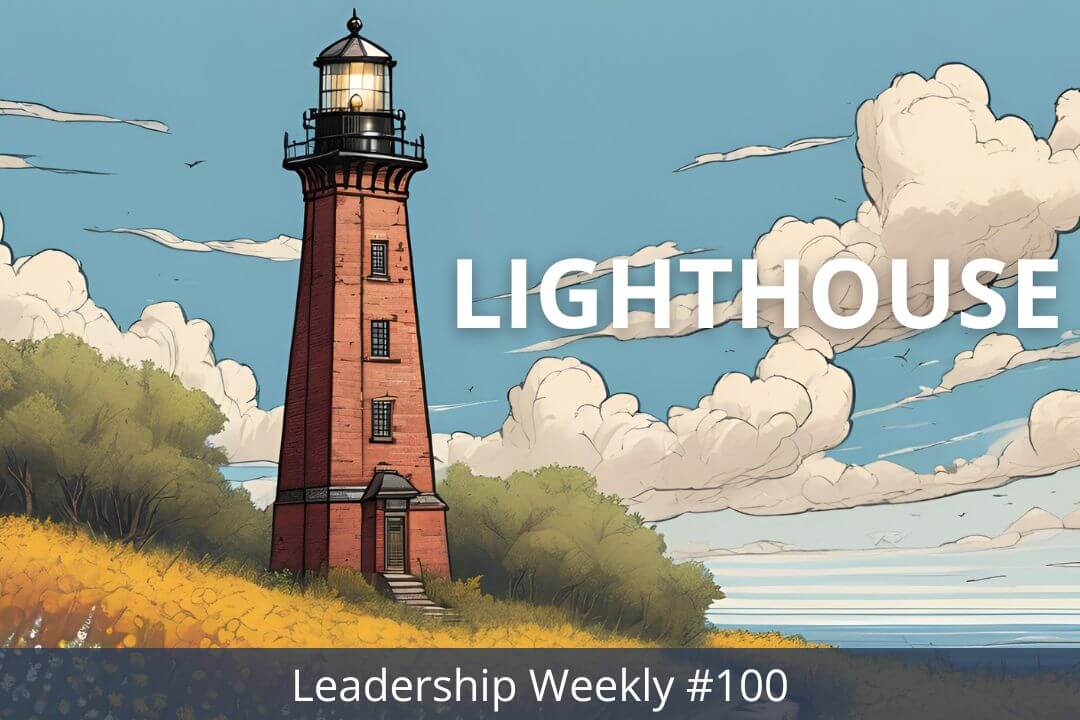
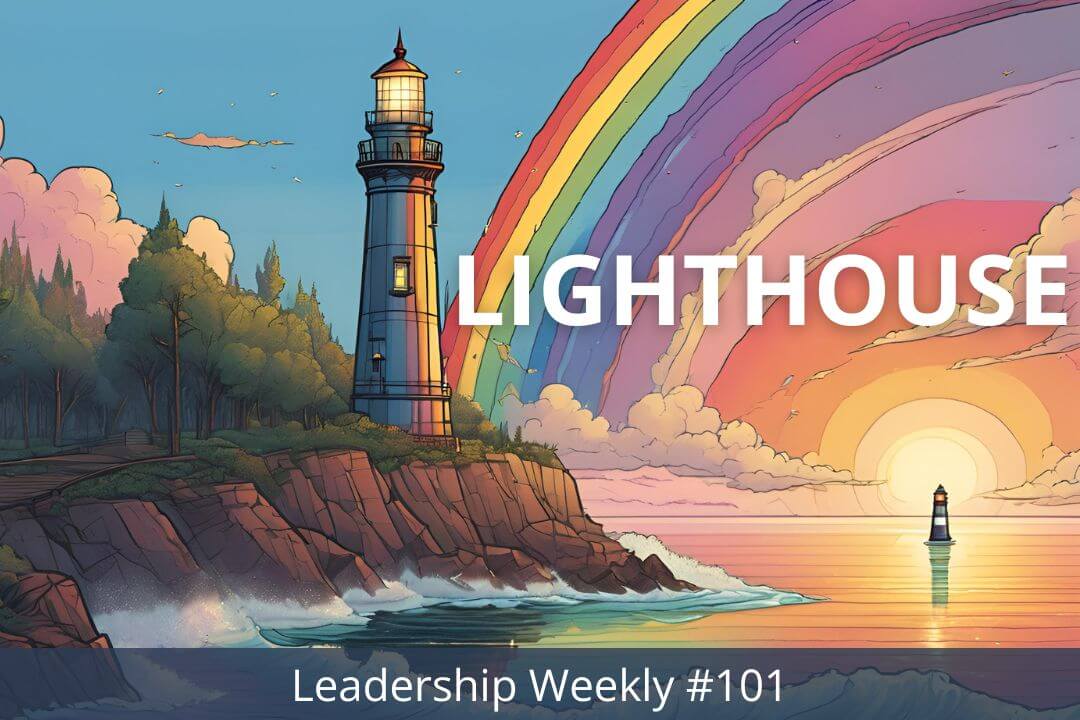
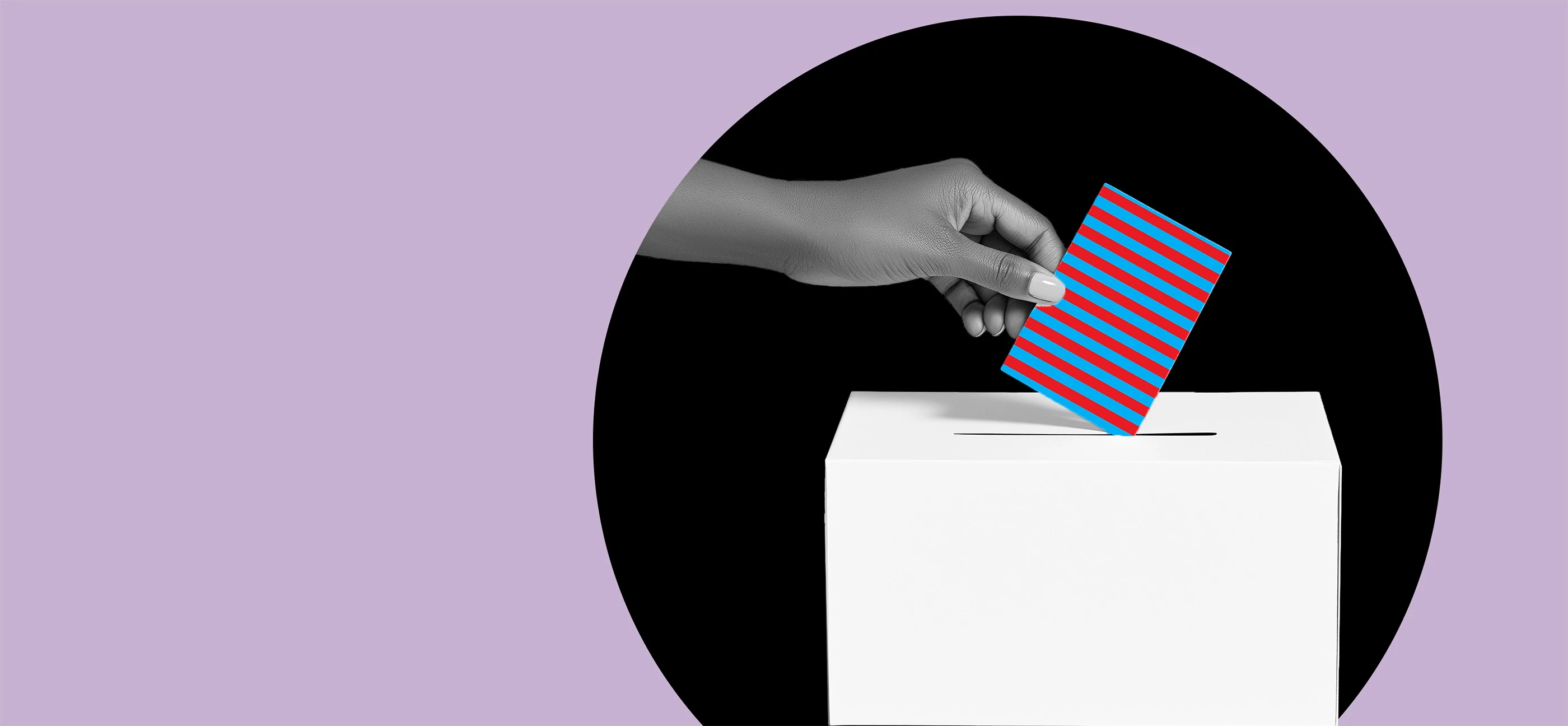
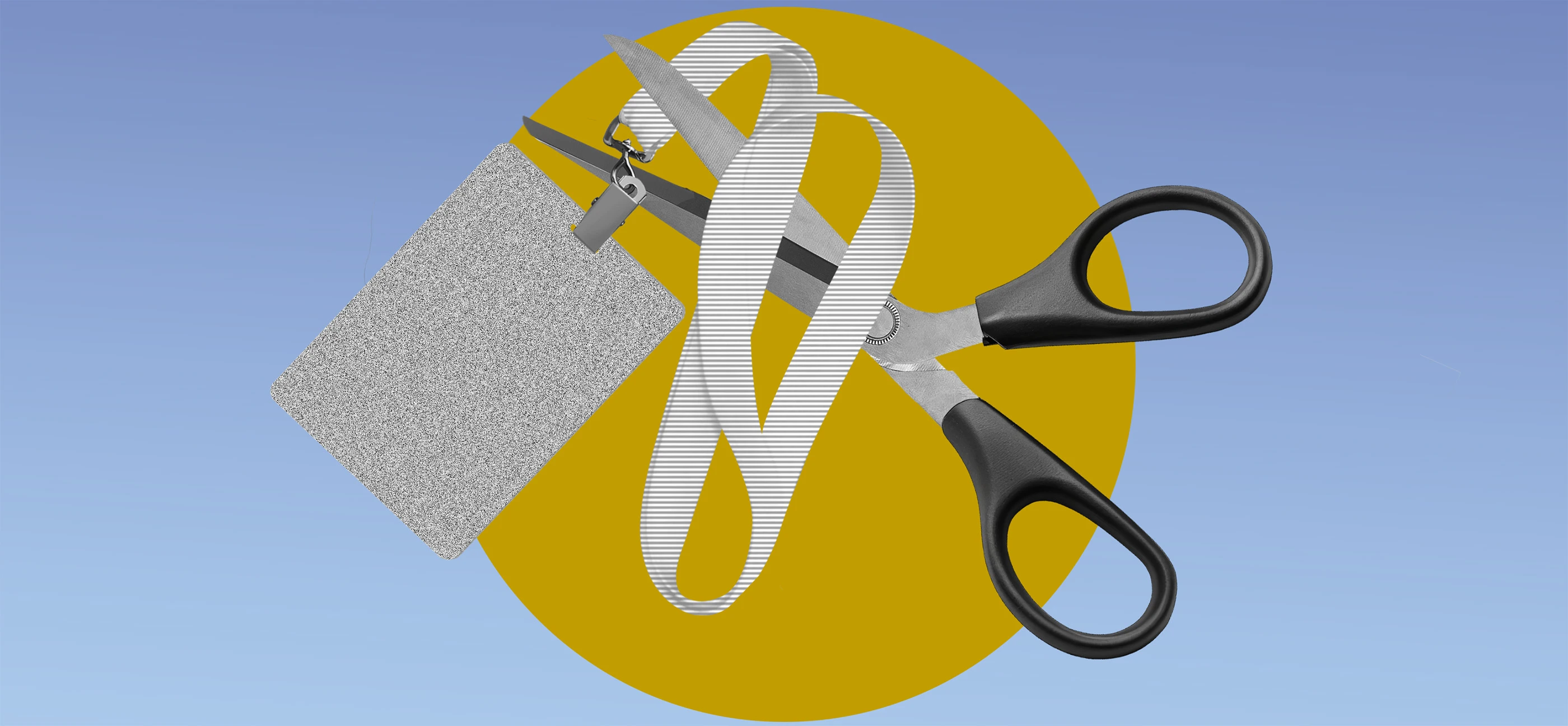





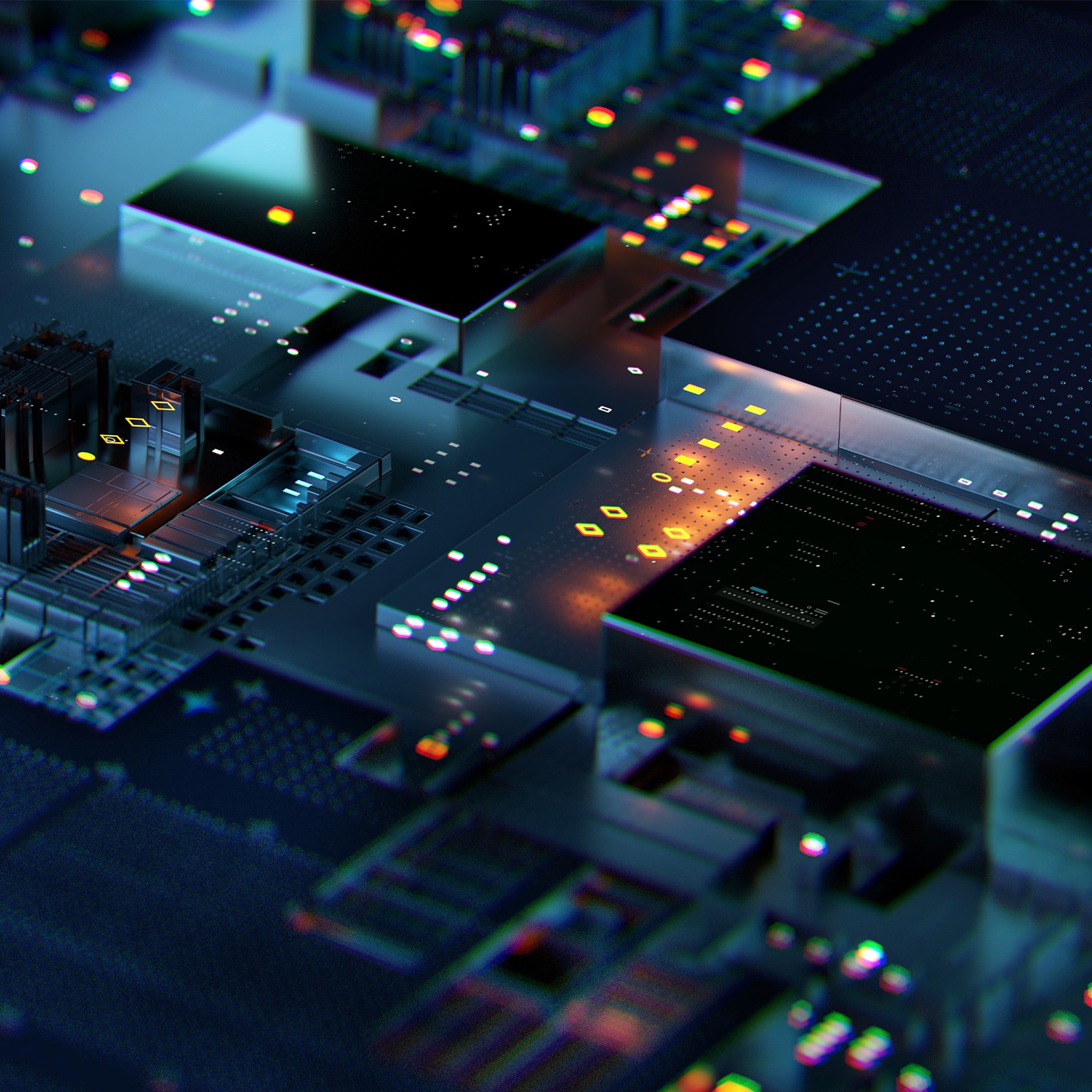




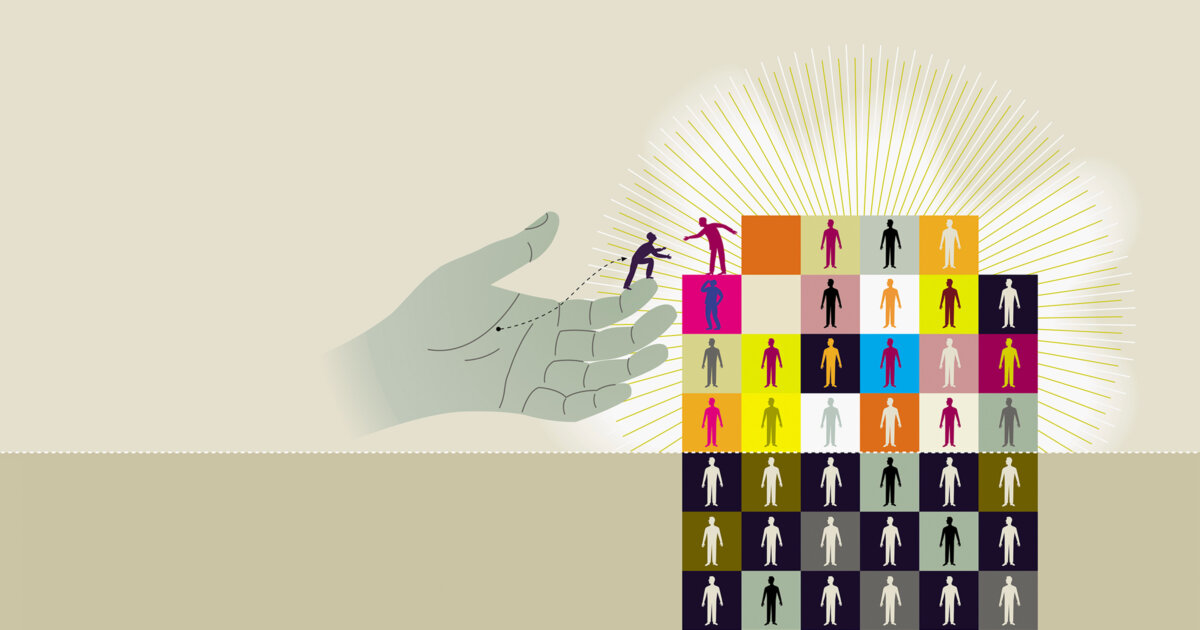
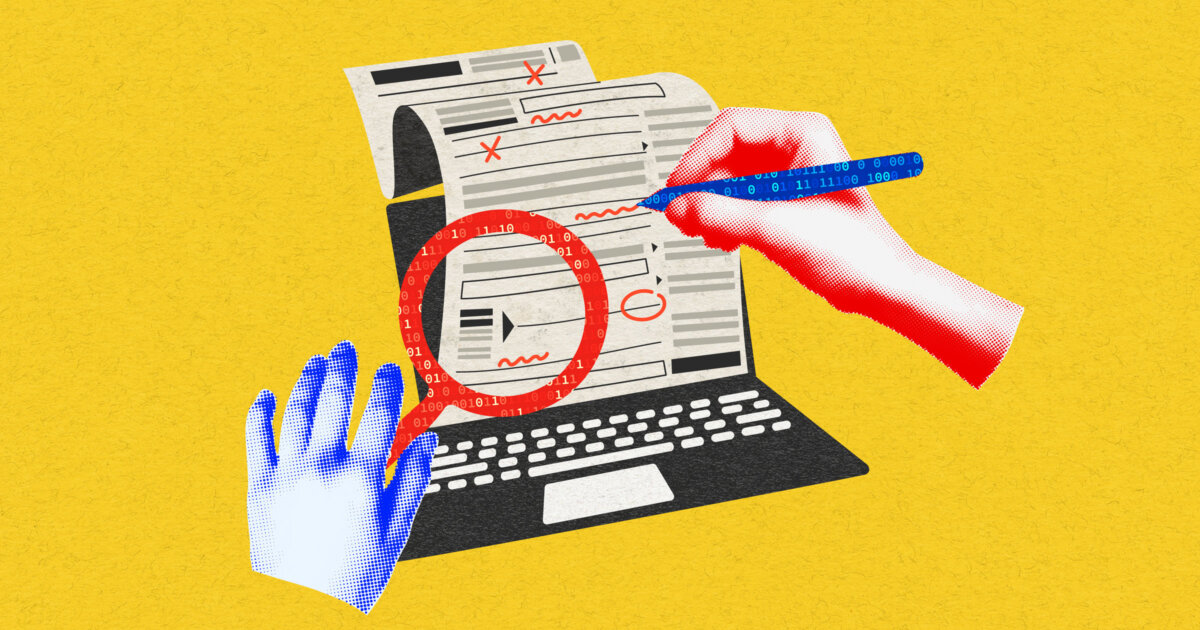


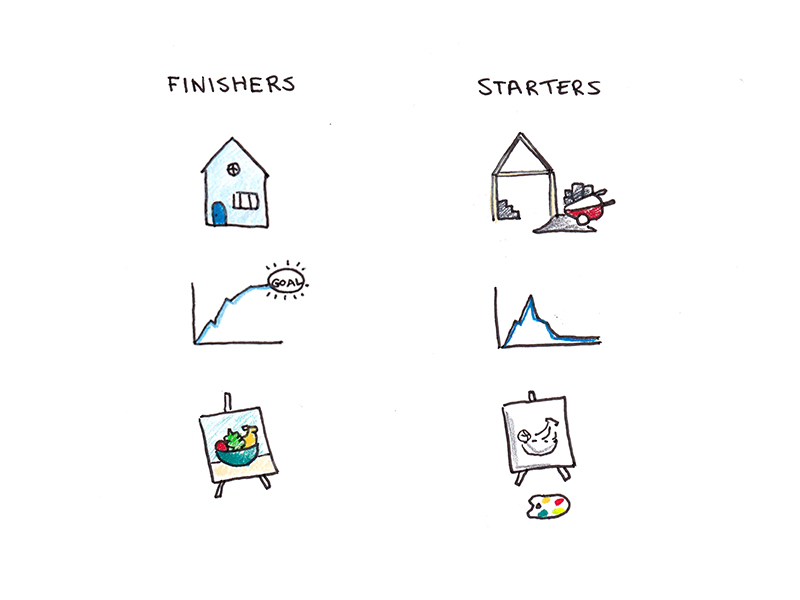
















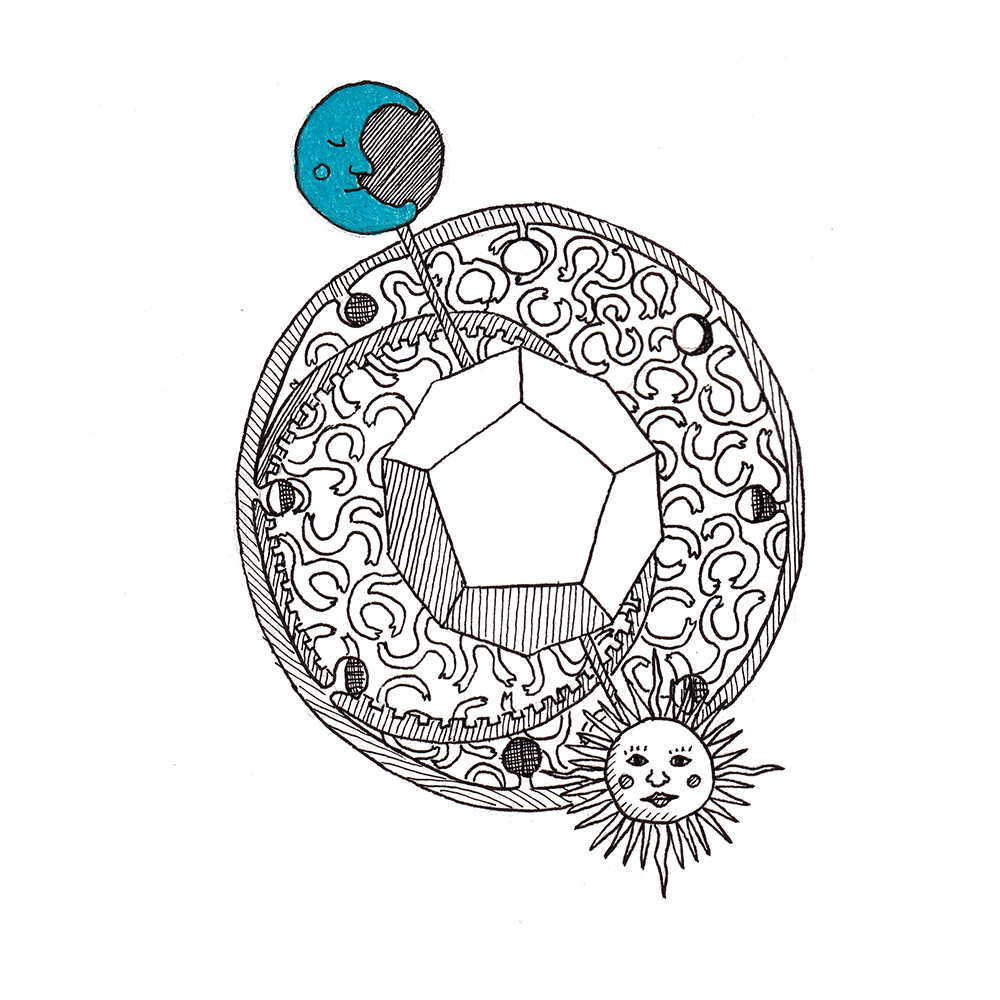
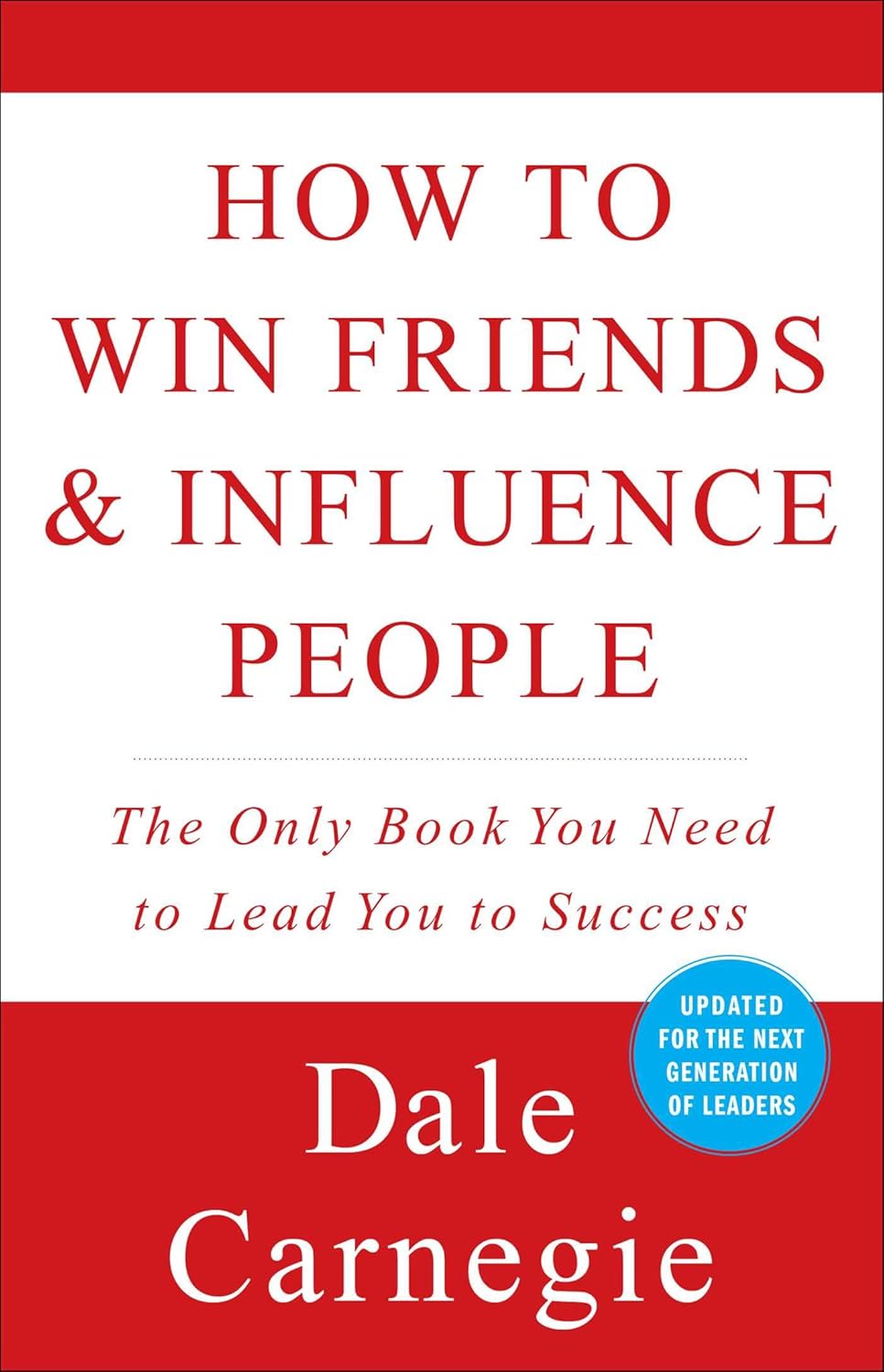
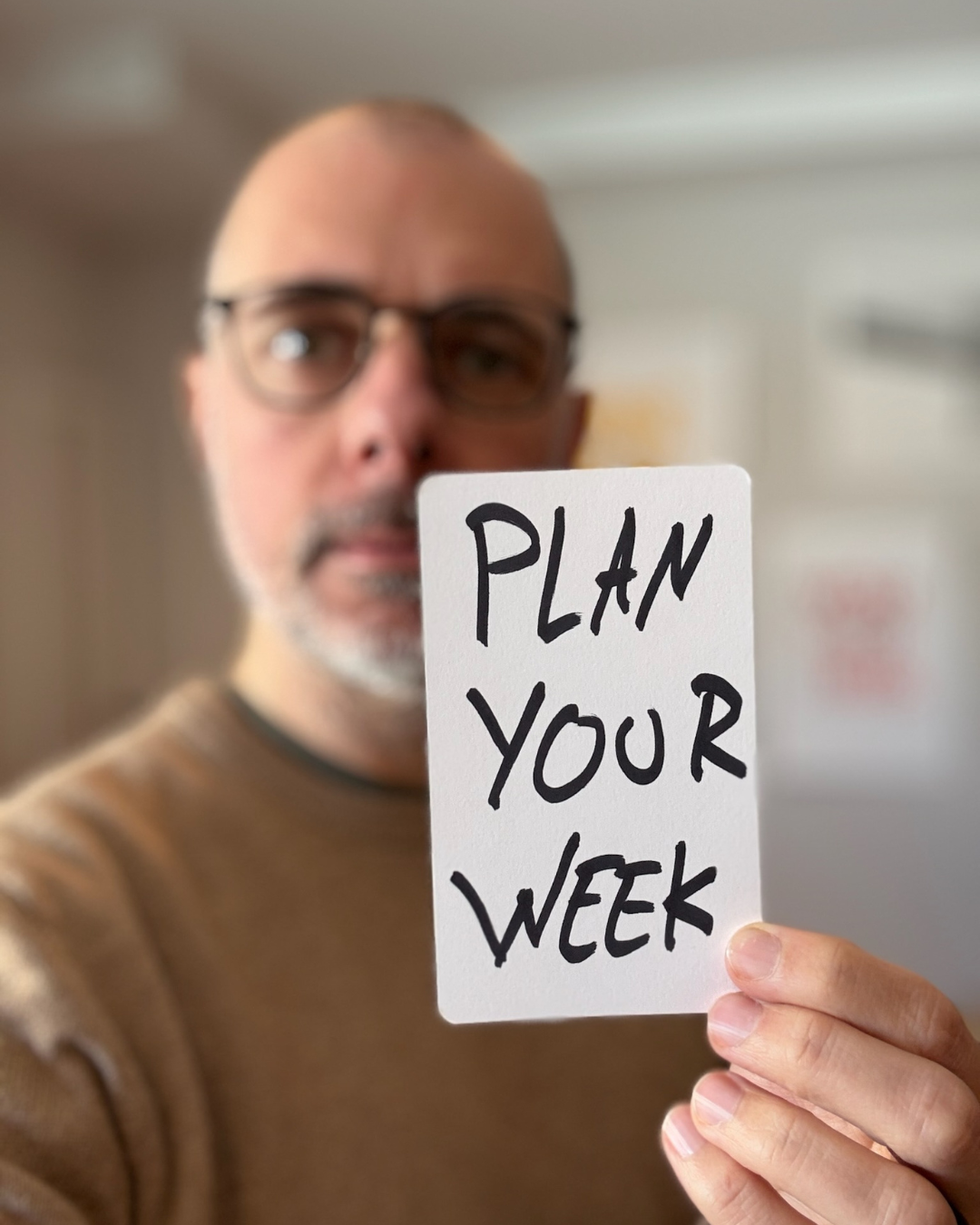
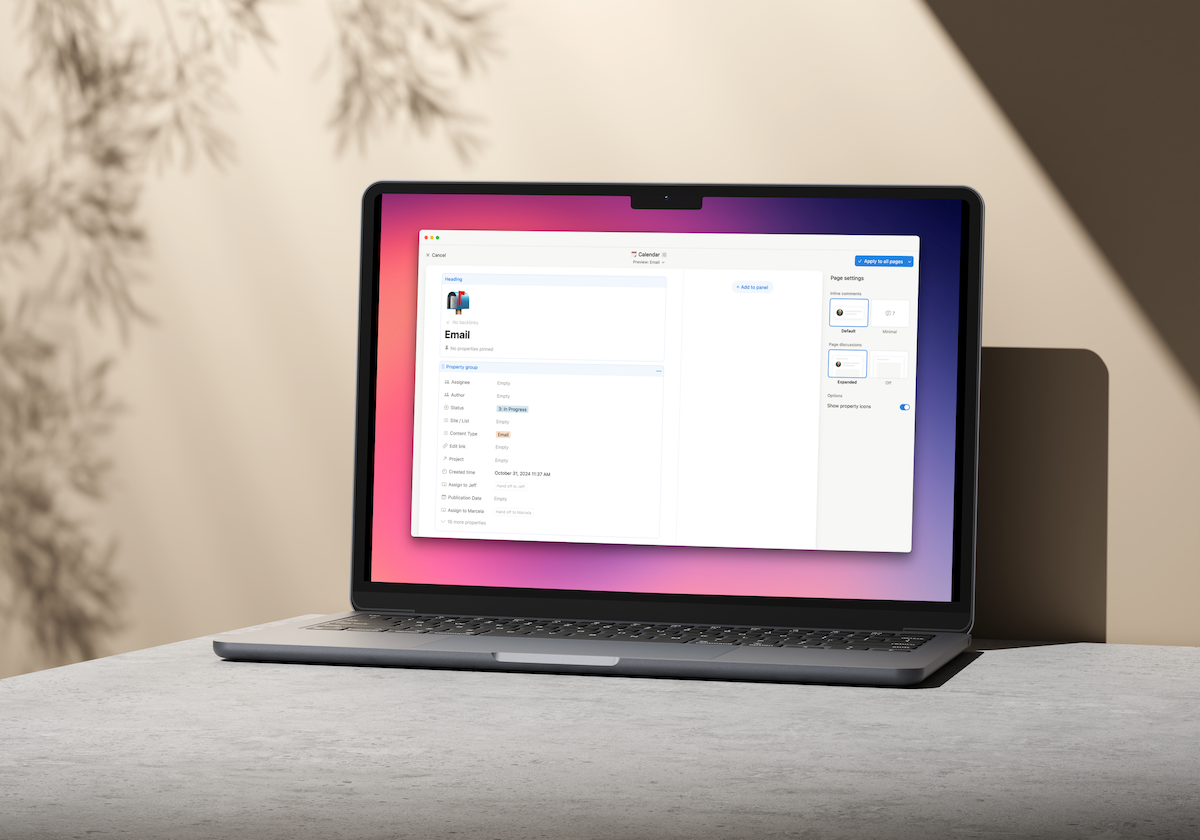










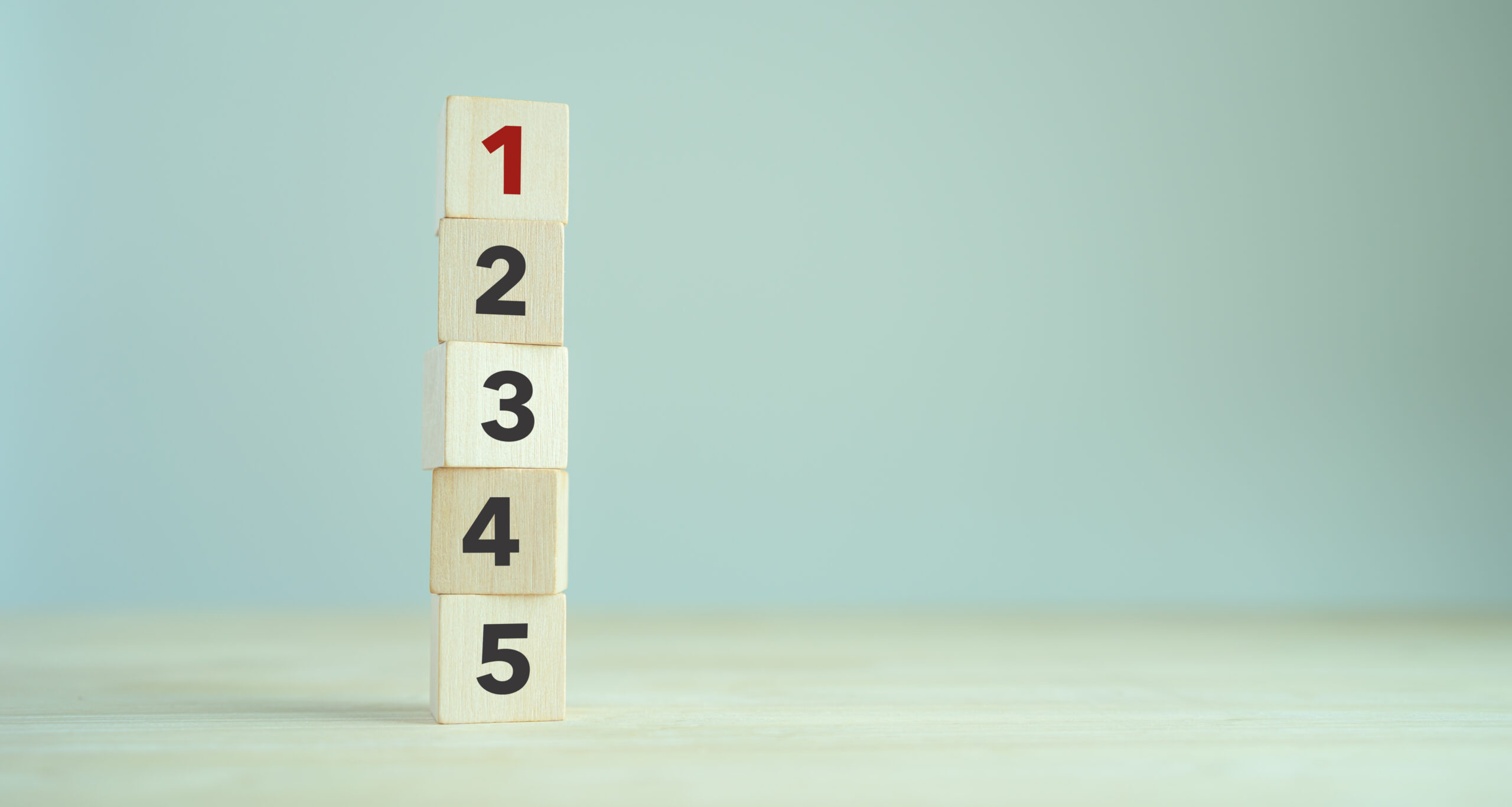
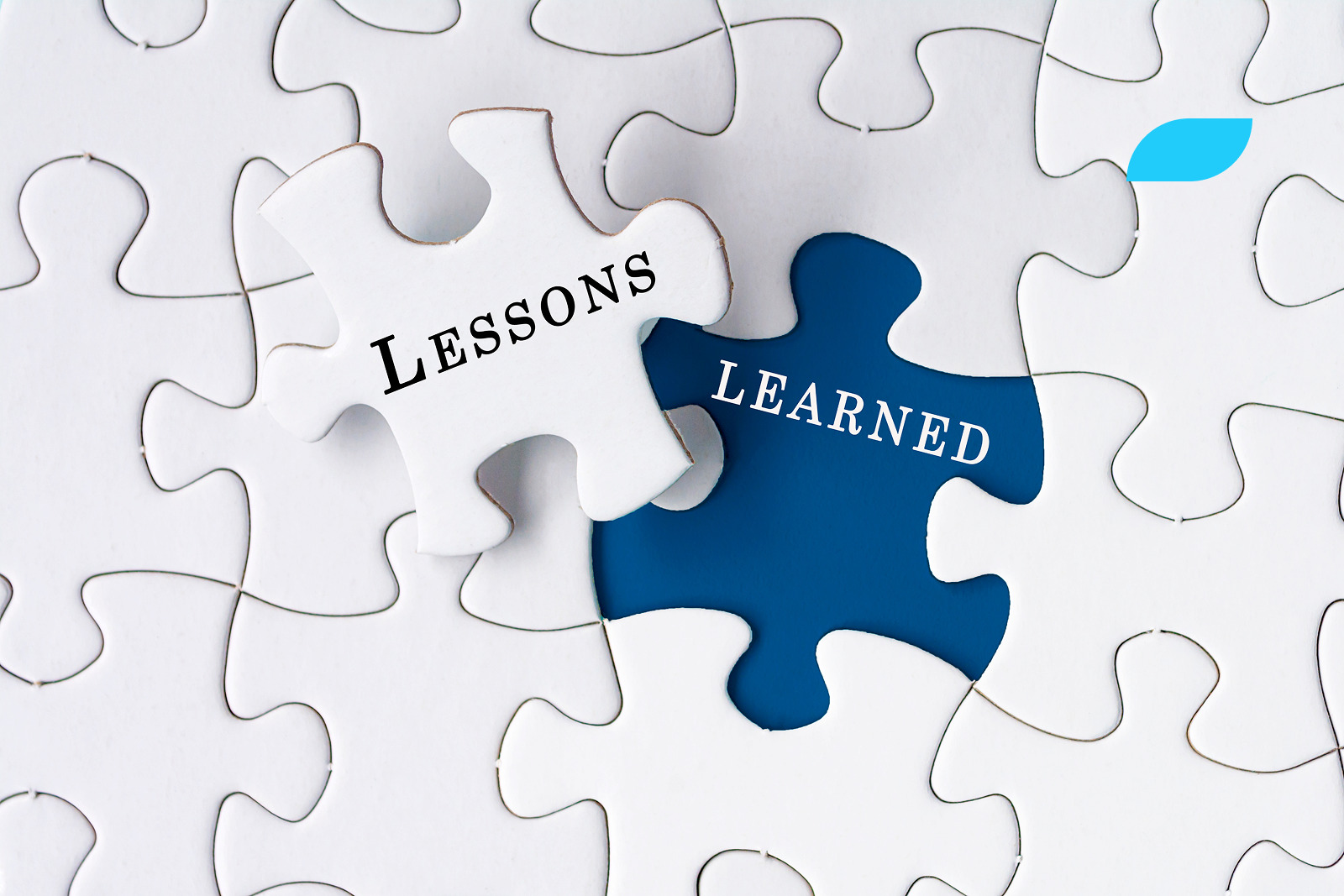
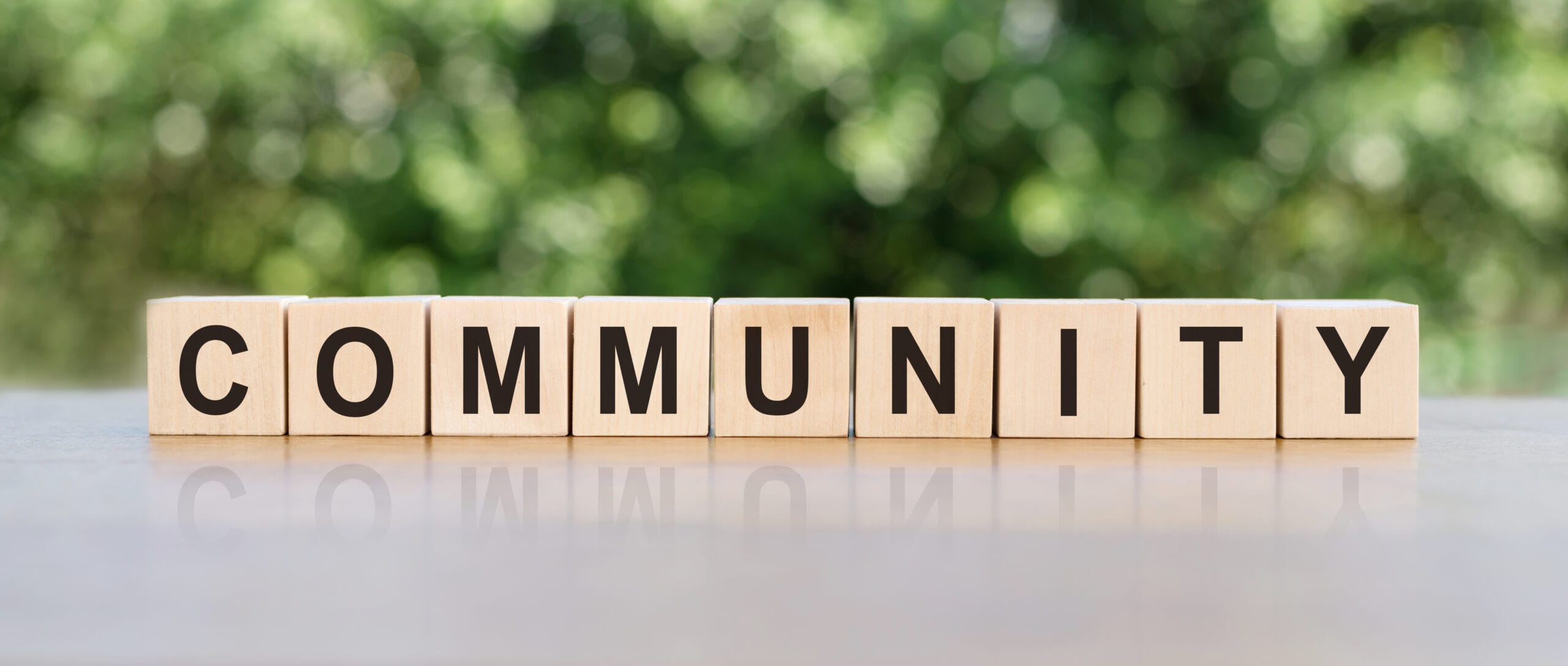
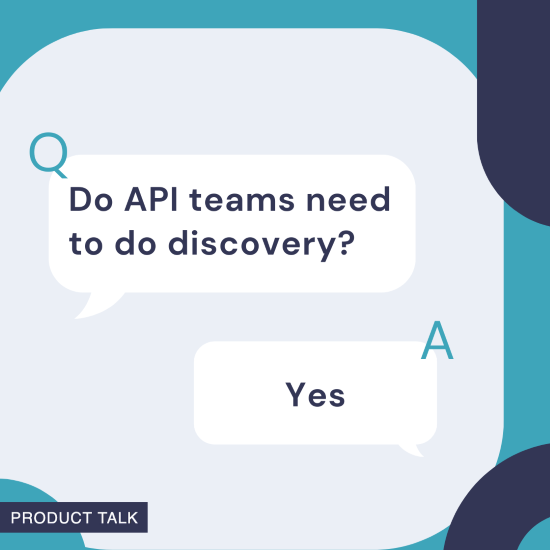
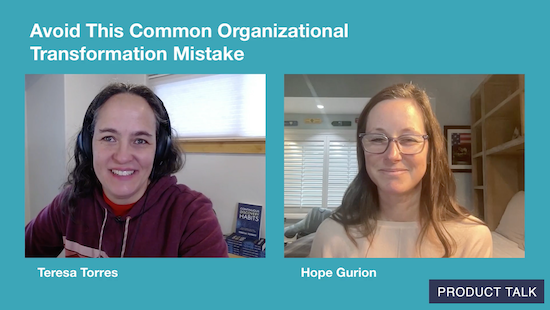
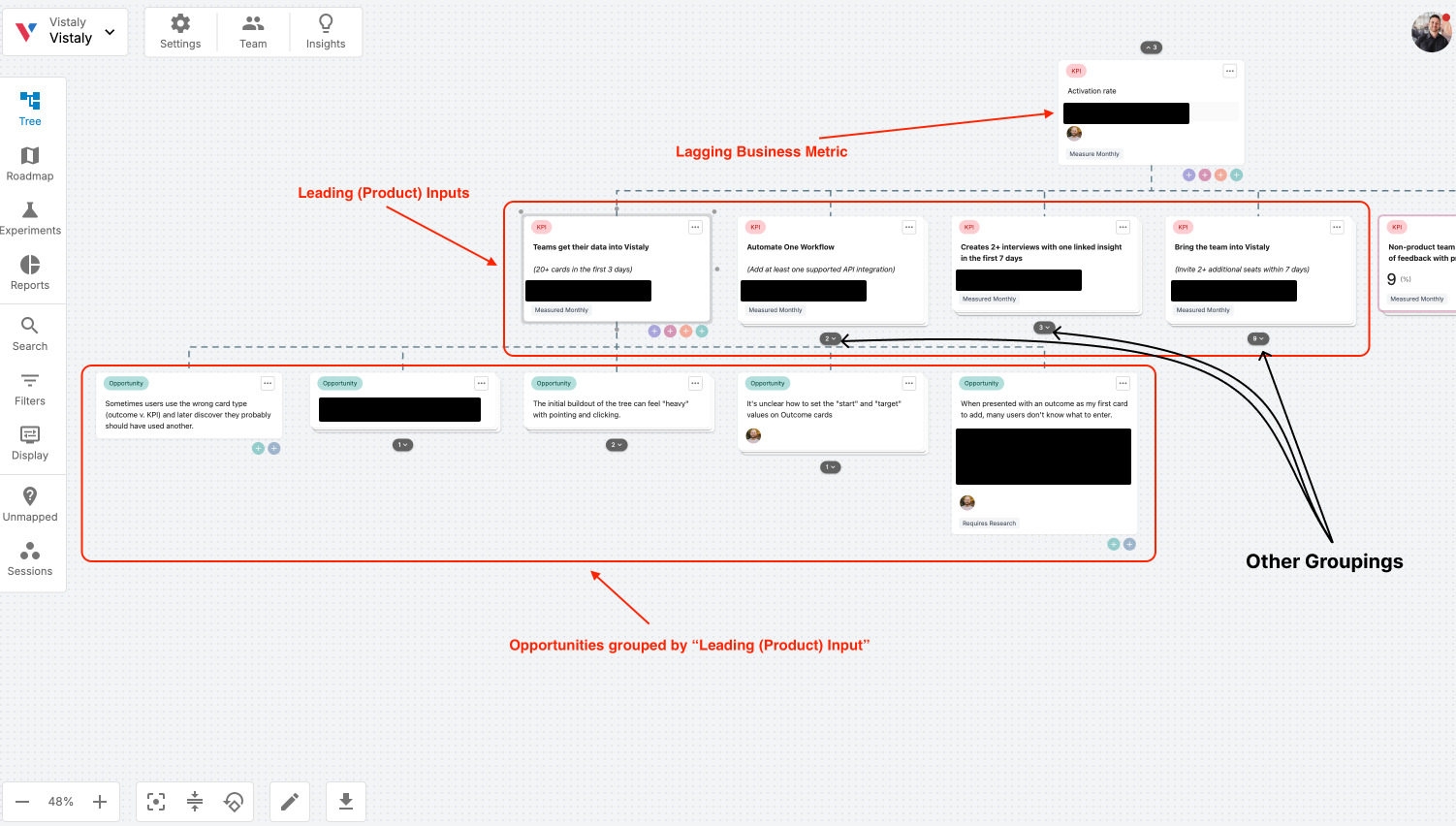
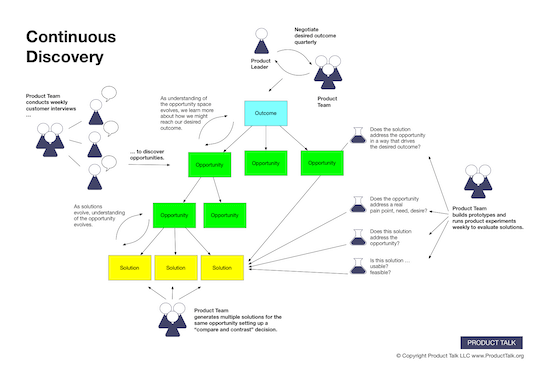



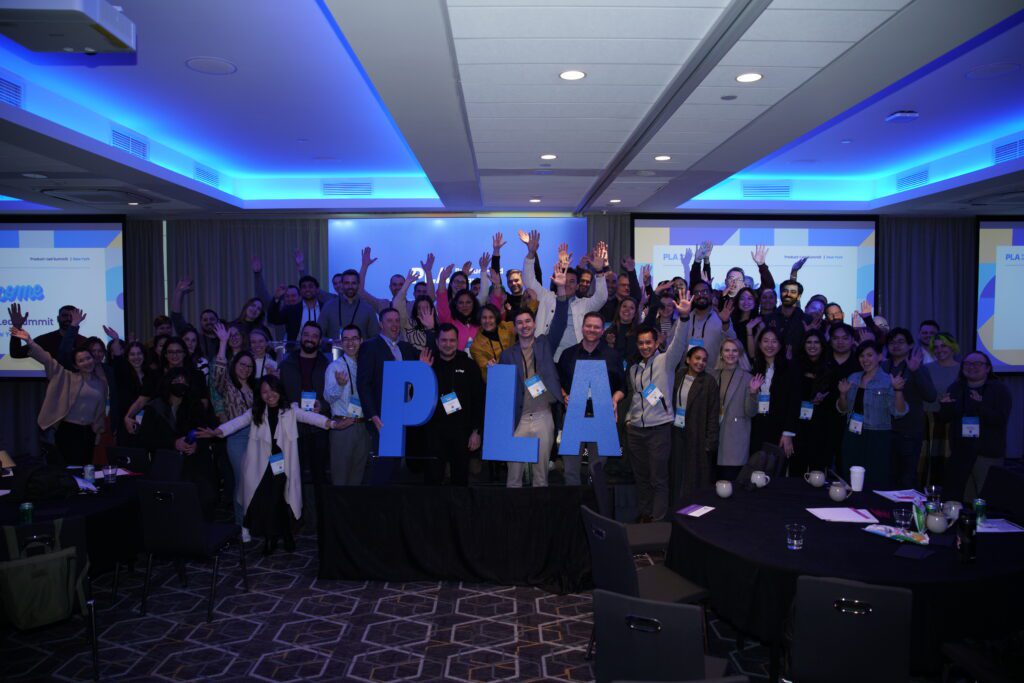







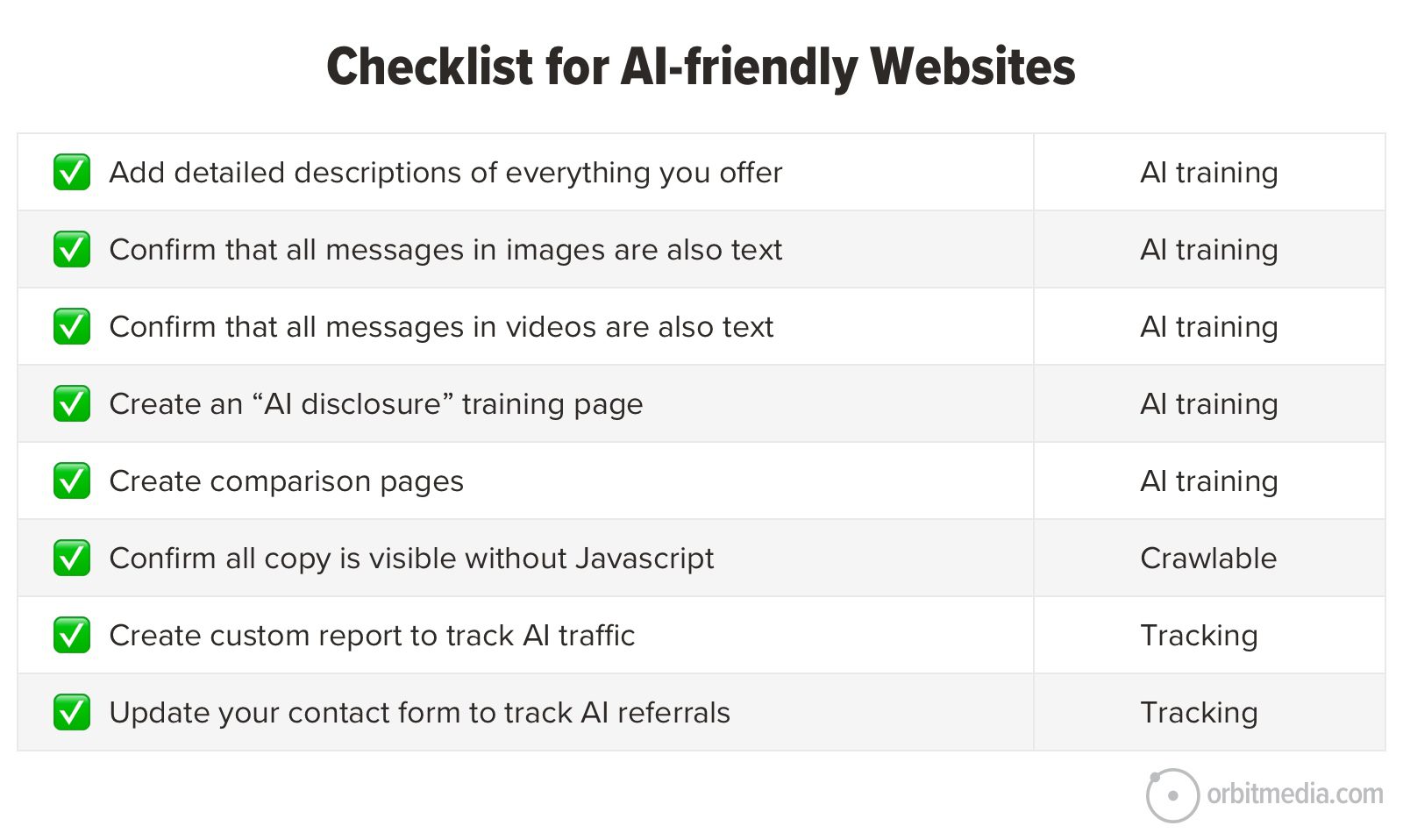



![Building A Digital PR Strategy: 10 Essential Steps for Beginners [With Examples]](https://buzzsumo.com/wp-content/uploads/2023/09/Building-A-Digital-PR-Strategy-10-Essential-Steps-for-Beginners-With-Examples-bblog-masthead.jpg)
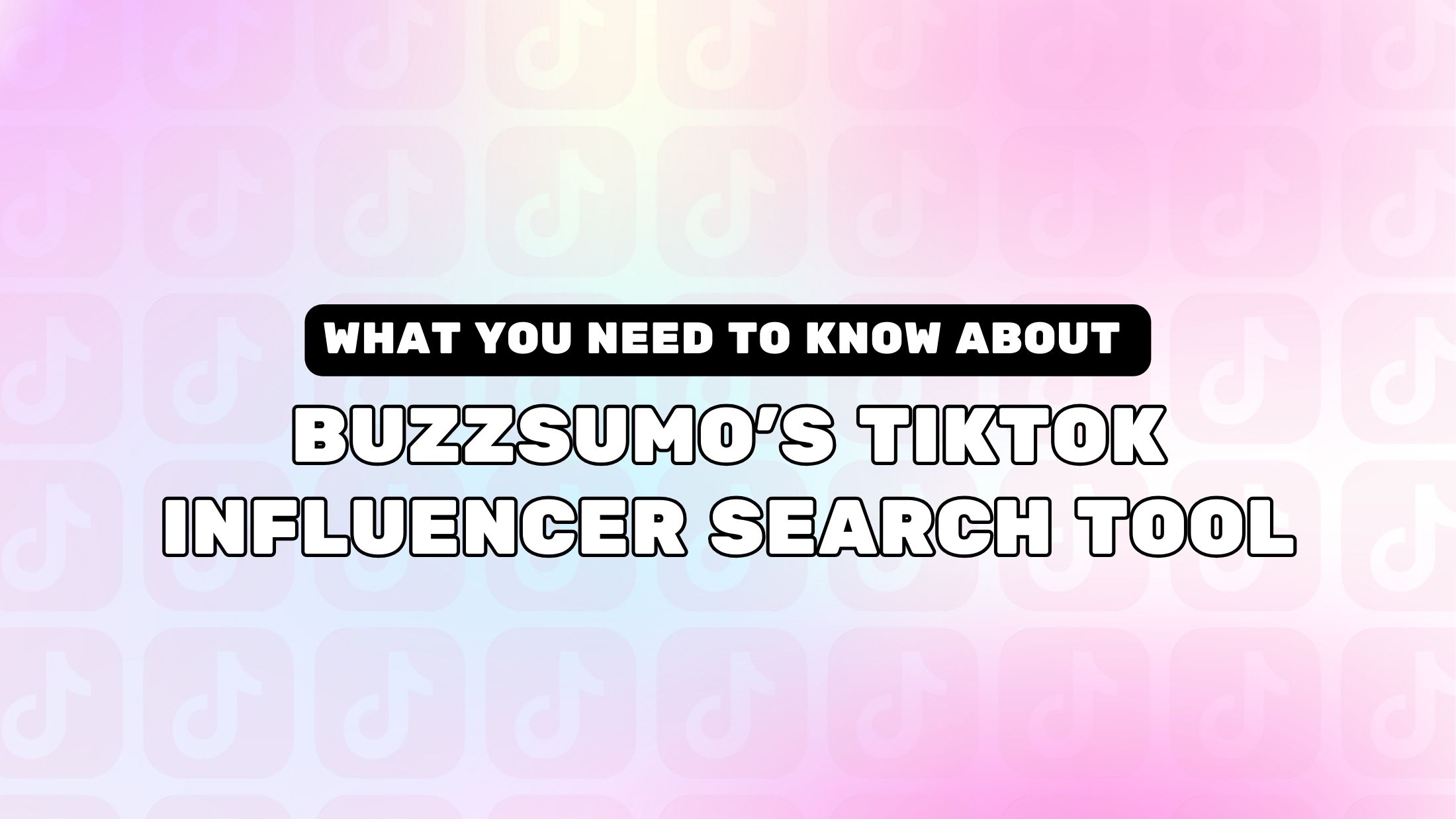
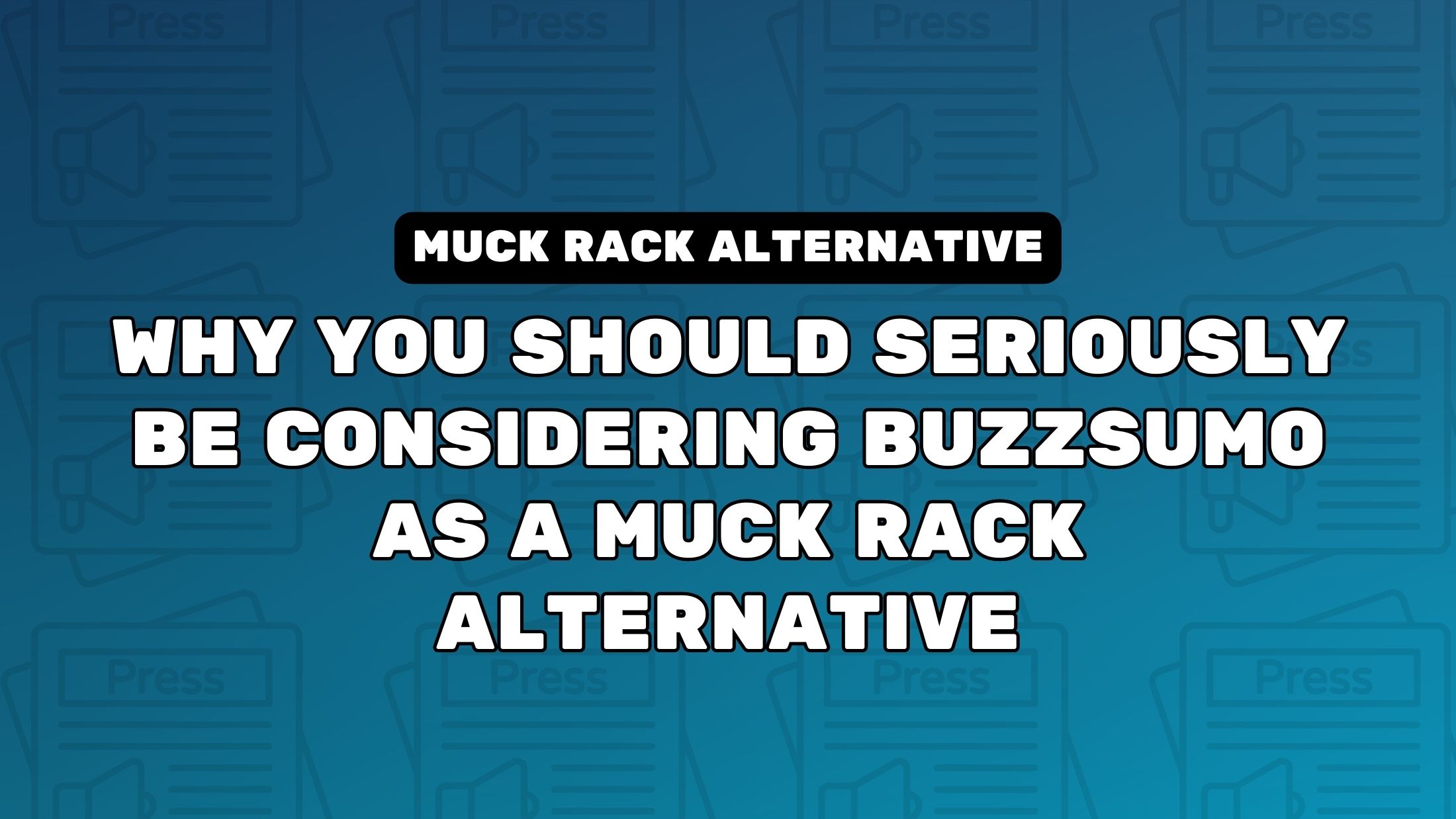
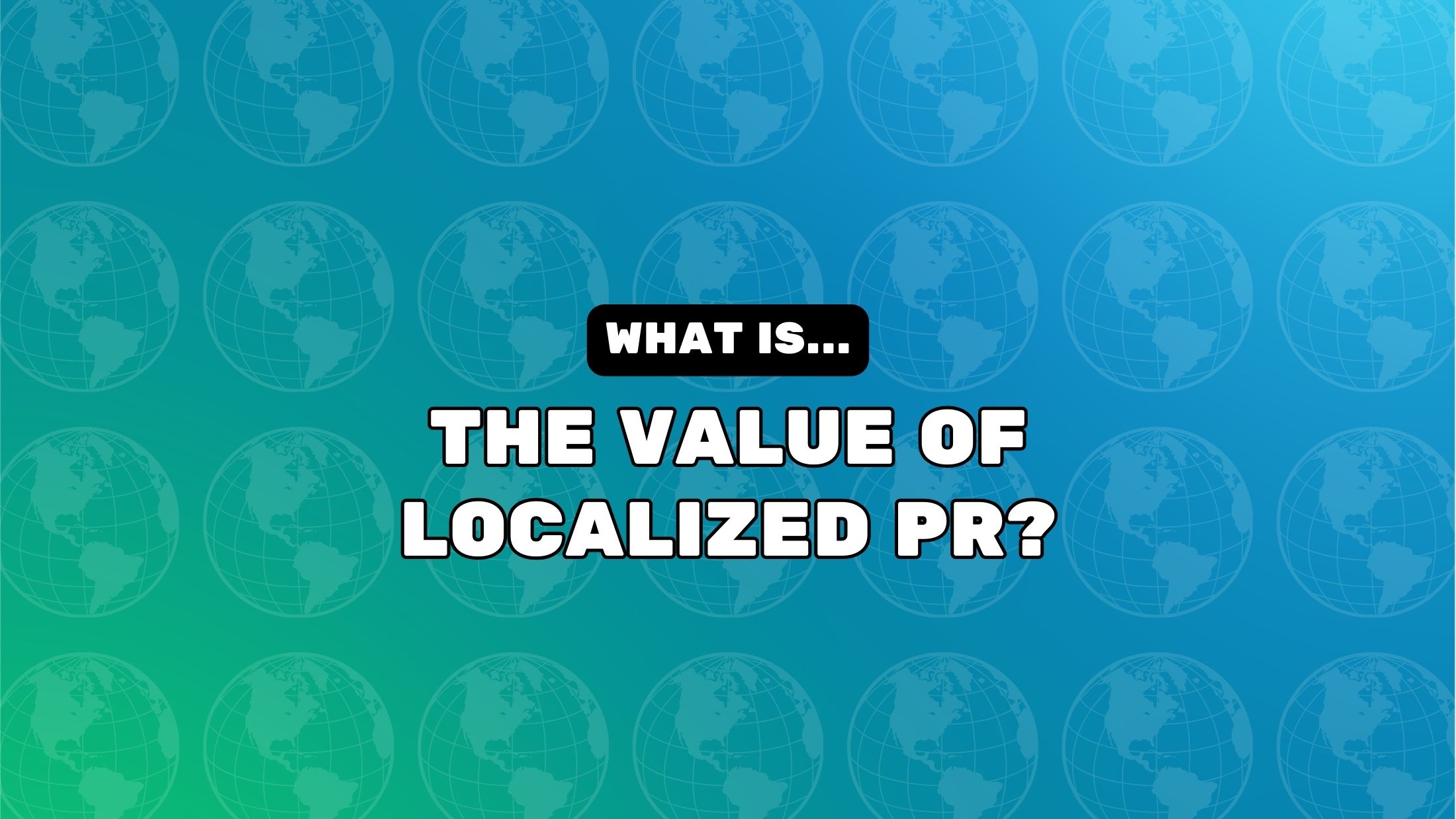
![How One Brand Solved the Marketing Attribution Puzzle [Video]](https://contentmarketinginstitute.com/wp-content/uploads/2025/03/marketing-attribution-model-600x338.png?#)





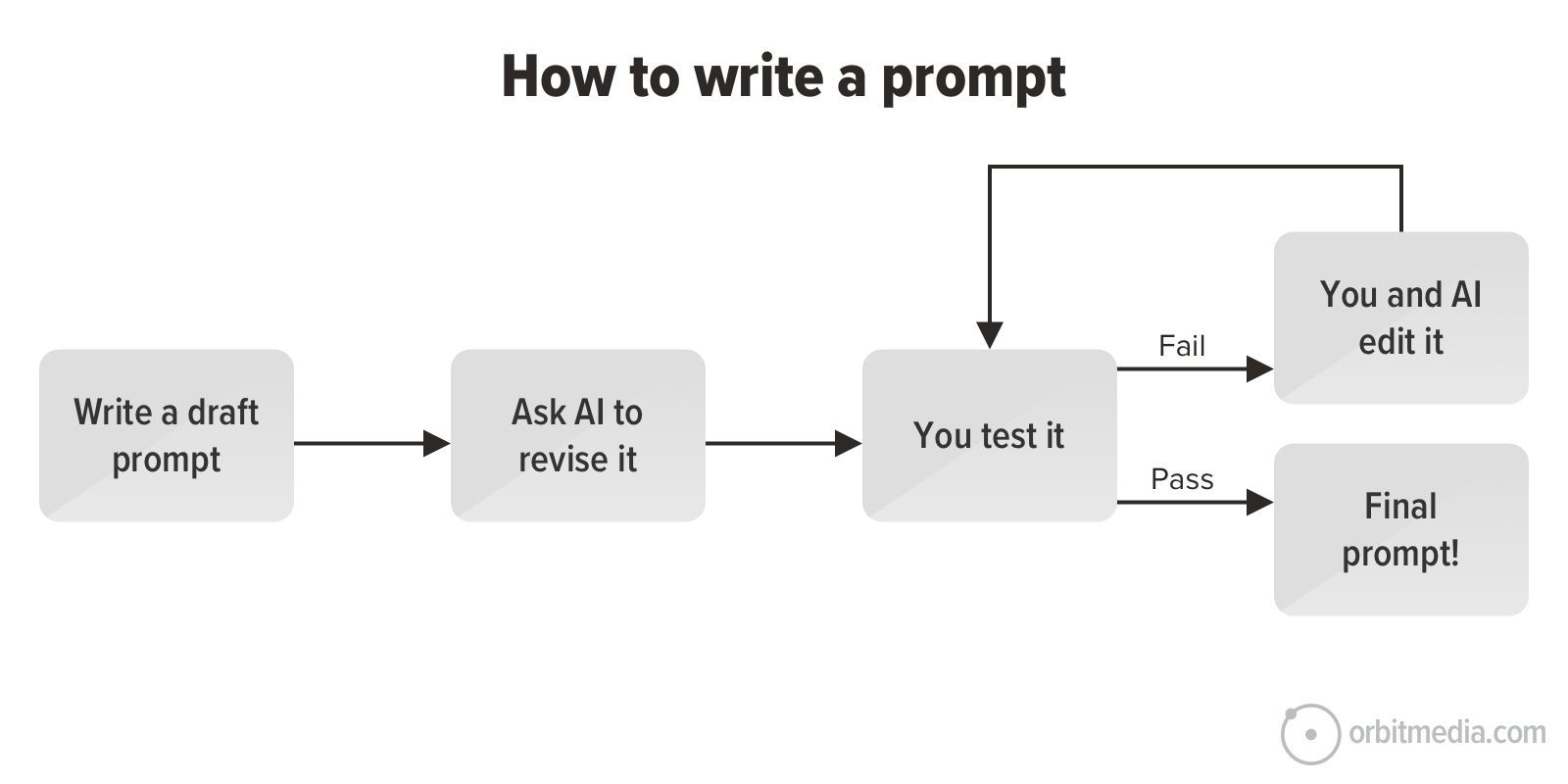
![How to Use GA4 to Track Social Media Traffic: 6 Questions, Answers and Insights [VIDEO]](https://www.orbitmedia.com/wp-content/uploads/2023/06/ab-testing.png)
